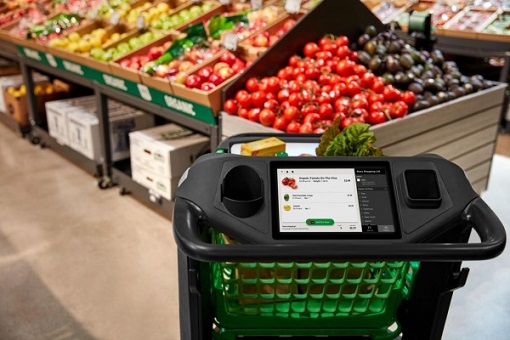
Lets just say I didn’t take them up on their offer. I purchased some fish oil and vitamin B supplements and they proceeded to send me this… If Amazon started sending this person discount offers for children’s books or outdoor tents when they hadn’t been looking at these things, there would be a disconnect and these emails would likely be marked as spam or they’d just unsubscribe from future mailings.Ī perfect example of what not to do came from an email I received from. Highly relevant emails are critical for improving your click-through rate, conversion and revenue per email metrics. Take notice – Amazon is only recommending products and brands that this person has viewed on their site or items they had added to their cart. These items have the best reviews and conversions rates and will likely turn an interested browser into a customer.

There is no focus on any specific brand, again they just display best sellers that most people end up buying. This email contains top selling items from across the entire product category (digital cameras) the user was browsing. Here are the different ways they are currently using recommendations: On-site Recommendations 1) “RECOMMENDED FOR YOU, THOMAS” ( source) So what’s their strategy?Īmazon uses recommendations as a targeted marketing tool in both email campaigns and on most of its web sites’ pages.

Not surprising though as email was once again regarded as the best digital channel for ROI by 35% of ’s revenue is generated by its recommendation engine. According to Sucharita Mulpuru, a Forrester analyst, Amazon’s conversion to sales of on-site recommendations could be as high as 60% in some cases based off the performance of other e-commerce sites.” “Amazon also doles out recommendations to users via email… In fact, the conversion rate and efficiency of such emails are ‘very high,’ significantly more effective than on-site recommendations. Plus we also found out that their recommendations via email convert better than their on-site recommendations…Īnd that bit of information got us very excited… Over the years we’ve been watching the way Amazon does recommendations both on-site and off, via email. They have billions of data points to test so many different things to find out what works and what doesn’t, quickly.

In 2015, they generated 107.1 billion in net revenue.


 0 kommentar(er)
0 kommentar(er)
